3 semester credits. In this course, students will be introduced to foundational mixed media techniques; they will learn about common materials and how each media within the piece works and interacts with the others. Students will learn how to create a collage based on canvas, add texture with gesso, use stencils and stamps. In addition, students will have the opportunity to experiment with different types of acrylic paints, understand how they work and how they react when water is added. Students will learn which materials work well together and develop confidence in using the acquired knowledge when creating pieces in the future. Even the most inexperienced beginner will develop a new appreciation for the art form and will be encouraged to develop his or her own artistic style.
Mixed Media
FAMMMM180 Introduction to Mixed Media
FAMMMM300 Mixed Media
3 semester credits. Complex contemporary installations are mostly mixed media works. The course aims at instructing how to produce mixed media works which are an assemblage of different artistic languages such as video, photography, sound, sculpture, performance, painting, etc. The course will provide an introduction to the history of mixed media to understand how the discipline does not only revolve around artworks and materials, but how it also involves ideas, how they develop over time, and how the new concepts result from past experiences. Topics will discuss how productions are embedded into history and how artists react to events of historic significance. During the course, there will be a high concentration on student work to promote a strategy that develops manifold and viable expressions. Prerequisites: Studio, fine arts, and visual arts majors.
FAMMSP390 Social Practices in Contemporary Art
3 semester credits. Participation and sharing are current urgent issues of the contemporary art practices of our times, when the main outcome is not the production of the final aesthetic object or work of art but the work in progress, which involves dealing with sociology, anthropology, environment, and institutions. After the study of certain territories and conflicting realities, the artist becomes a producer of ideas and the conductor of behaviors and practices meant to stimulate consciousness and awareness. The direct participation of human resources, as well as the reliance on forces and materials available in situ, are often crucial for the success of such art projects. This course will examine specific works of older and younger generation of artists, from Christo and Jean Claude to Rirkrit Tiravanija and the Italians Alberto Garutti and Cesare Pietroiusti. It aims both at examining important projects of public art, social intervention, street art, happenings, and teaching the know-how behind those practices in order to arrive to the production of a project involving the public of Florence in different degrees. Prerequisites: Intermediate fine arts, art history, or visual arts course, or equivalent.
FAMMUS250 Urban Space and Art Walks
3 semester credits. This course seeks to explore the concept of participatory walking in relation to creative practice and the urban space. Students will engage in a variety of artistic projects, exercises, and experiments aimed at developing a broad understanding of multimedia art. The entire course is held outside so as to guarantee a full-fledged connection with the urban space. The fabric of the city will be assessed through the mapping of architecture, sounds, natural elements, textures, street art, and borders. Each module of the course incorporates the study of significant artists and techniques, together with practical exercises designed to stimulate studentsí sensorial and artistic skills.

